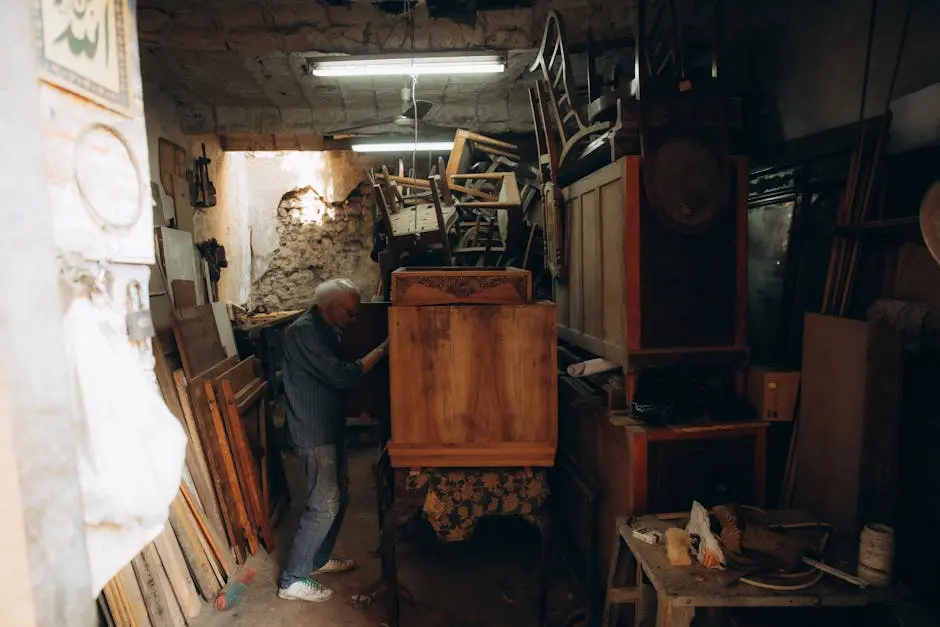Installing DIY blinds can be an enjoyable and rewarding project, but having the right tools on hand is crucial to ensure a smooth installation process. In this guide, we’ll walk you through the essential tools you’ll need to make your DIY blind installation a breeze.
Essential Hand Tools
When diving into a DIY blinds project, it’s vital to gather the essential hand tools that will set you up for success. Let’s start with a measuring tape—this trusty tool ensures you get the right fit every time. Knowing the exact dimensions of your windows can save you from costly mistakes.
Next on the list is a level. This simple tool might seem basic, but a level makes all the difference when hanging your blinds. Ensuring your blinds are straight not only enhances their appearance but also helps them function correctly.
Of course, a screwdriver is a must-have for installing brackets and securing your blinds in place. Both a standard and a Phillips-head screwdriver can come in handy, as some kits may require different types of screws. Additionally, having a good pair of scissors is important for cutting any necessary materials to size.
Another handy tool is a clamp, which allows you to stabilize your blinds during installation. This way, you can make adjustments without any hassle. Keeping these essential hand tools organized in a small toolbox can streamline your project and ensure nothing gets lost.
Power Tools for Quick Installation
While hand tools are critical, power tools can significantly accelerate your installation process. A cordless drill tops the list, allowing you to secure brackets effortlessly. Investing in a quality cordless drill can make your DIY blinds project more enjoyable and less time-consuming.
If you’re working with materials that are a bit tougher, consider using a jigsaw. This tool is perfect for making precise cuts, especially if your blinds need custom adjustments to fit irregular window shapes. The ease with which it slices through materials can transform your work into a seamless experience.
A stud finder is another invaluable tool. It helps locate the best points to install your brackets, ensuring that everything is securely mounted. This tool not only saves time but also reduces the risk of damaging your walls.
Lastly, don’t forget about a sander if you’re working with wooden blinds. A sander can smooth out any rough edges you encounter, making the installation look clean and polished. Having these power tools on hand will elevate your DIY blinds project to the next level.
Safety Gear You Shouldn’t Ignore
Safety should always be a priority during home projects, so don’t skimp on safety gear. Safety glasses are essential for protecting your eyes, especially when you’re using power tools that could kick up debris.
Wearing gloves is also advisable. They not only protect your hands from sharp edges and splinters but also provide a better grip when handling tools. Always choose gloves that allow for dexterity, so you don’t compromise on control.
A dust mask can be a lifesaver too, particularly if you’re sanding or working with materials that generate dust. It’s worthwhile to protect your lungs, ensuring a healthier DIY experience. Make sure you’re comfortable in your safety gear to work efficiently and effectively.
Lastly, consider using knee pads if you’ll be on your knees for extended periods. You’ll be grateful for that extra cushioning as you install your blinds, making the entire project much more comfortable. Safety gear is a small investment for peace of mind while taking on your DIY blinds project.
Specialized Tools for Unique Blinds
Depending on the type of blinds you choose, you may need specialized tools that can help achieve optimal results. For instance, if you’re installing roller blinds, a rolling cutter might come in handy for precise cuts and adjustments. This tool tends to provide cleaner edges than traditional scissors.
Similarly, if your project involves installing horizontal or vertical blinds, having a cordless caulk gun on hand can be beneficial. It provides extra support in securing the blinds, ensuring they can withstand wear over time.
For those who are tackling motorized blinds, don’t forget about the remote control setup. This may include special mounting brackets or connectors that aren’t part of a standard toolkit. Always refer to your specific product’s instructions for any unique requirements.
Researching and understanding the unique tools required for the blinds you’ve chosen can save you from mid-project store runs. Make a checklist based on your selected blinds to ensure you have all the necessary equipment ready before you start.
Ready to Start Your Blind Installation?
With the right tools, installing DIY blinds can be a straightforward task. By preparing adequately, you’ll not only save time but also achieve a professional-looking finish that enhances your home’s décor.







